Looking for a lovable, loyal and robust cat with perfect cuddly toy looks? Mel Hearse talks to Cathy Nixon, breeder and owner of Dollcatz Ragdolls, about these pretty little purrers
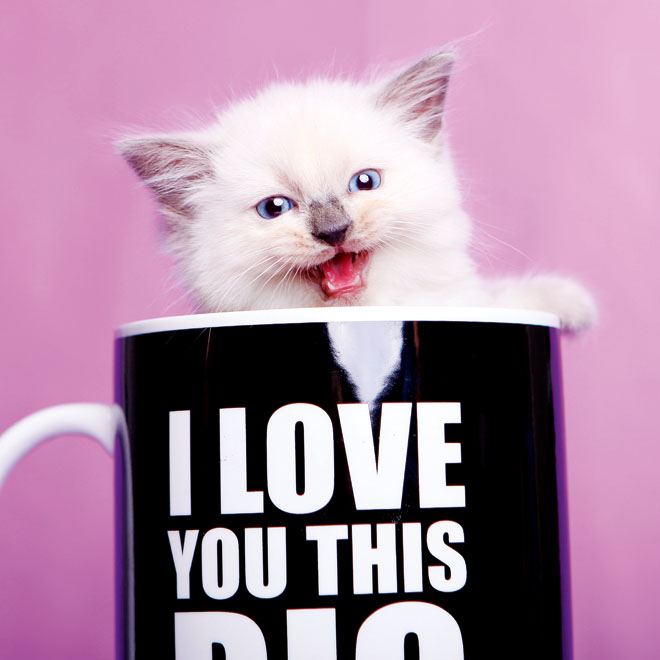
Cathy saw her first Ragdoll kitten back in 1989 at the Sydney Royal Easter Show. “I immediately fell in love with this gorgeous little kitten who had just been brought in from America, and decided then and there that I would love to breed Ragdolls. I love all kittens, but I especially love Ragdolls with their eternally kitten-like features — their big round blue eyes and rounded ears, and the fact that they stay playful their whole entire life,” she says. Following the show, she registered with the NSW Cat Fanciers’ Association as Dollcatz Ragdolls, and with the help of her family, has been breeding purebred Ragdolls for 13 years now. “We are really pleased with the lines and the beautiful, loving, docile-natured kittens we have been getting — such a gorgeous breed!”
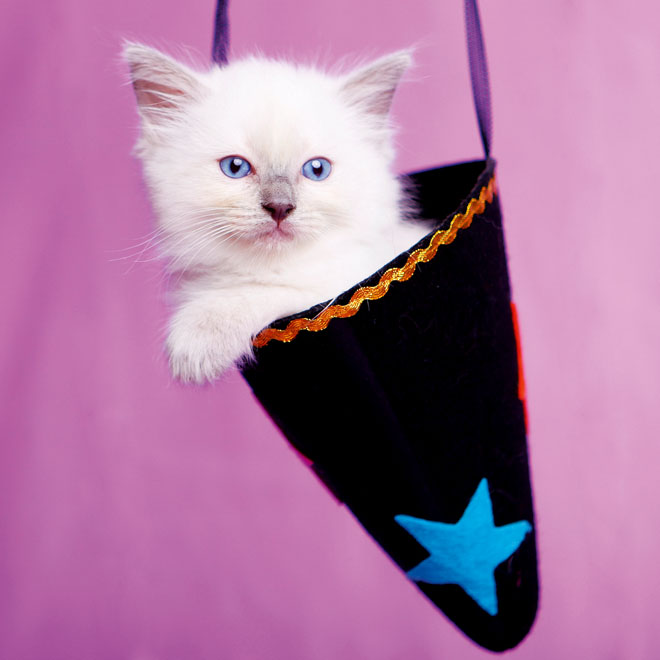
The breed has an interesting history, hailing from California. It is a relatively ‘new’ breed, with their lineage beginning in the 1960s. Legend has it they were first bred by Ann Baker, a resident of Riverside, California, who bred Josephine, a domestic longhaired white female she found roaming the neighbourhood to other cats she owned and some she found. She chose breeding partners based on physical and character traits she liked, and the breed has evolved from there.
The cat with dog-like traits
Cathy says Ragdolls should be kept as indoor-only cats due to their docile, gentle, trusting nature. “They adapt easily into any environment; therefore, they are suitable for almost all kinds of homes, even apartments,” she says. They suit all kinds of living arrangements — families, couples, single- and multiple-pet homes. They’re also a great choice for families that like having multiple species of pet in their home — unlike many cats, they love dogs, and Cathy adds they are very dog-like themselves.

“The way they greet you at the front door, and the way they want to be in the same room as you all the time makes them a popular alternative to owning a dog, especially in apartments.” She says they’re also low maintenance, and have non-matting, low-allergy fur, so they may suit folk that avoid owning pets due to allergy (though you’d best test this before bringing home a kitten).
The breed standard
Ragdolls are larger cats. Fixed males will weigh an average of 6.8–9 kilograms; females will weigh between 4.5–6.8 kilograms at maturity, though they grow slowly into their size and fluffy coat, taking up to two years to fully reach their colour and four to reach their full size. The Cat Fanciers Association (CFA) describes them as a semi-longhaired pointed breed, meaning their body hair is lighter than their points — the face, legs, tail and ears.
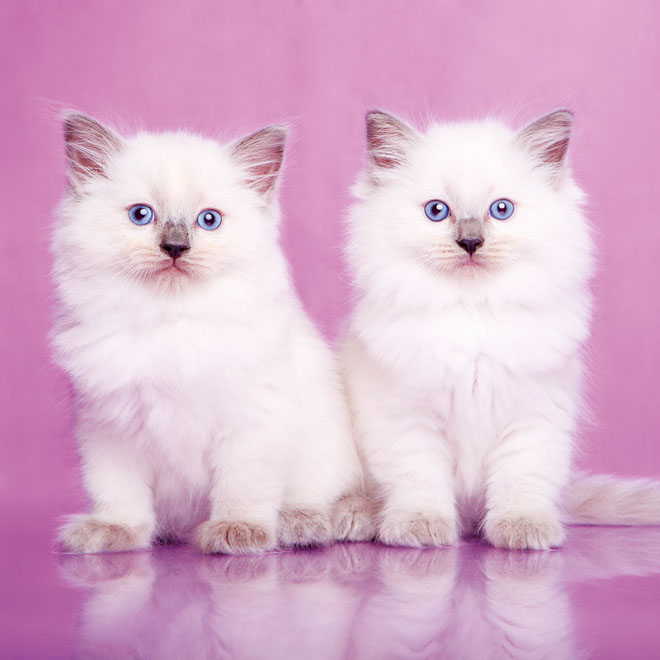
They come in three colour patterns — bi-colour, colourpoint, and mitted — and these patterns come in six colours — blue, chocolate, cream, lilac, red and seal. When you combine this with the four possible patterns the points can come in — lynx, solid, tortie or torbie — you can see there is a quite a variety of colours that can be bred.
So, what do these different patterns mean? Bi-colours are primarily white, with their paws, underbodies, chest and an upside-down V marking on their faces in all white. Colourpoints have pointed markings and no white hair in their coat, while mitteds, much like the name implies, have white feet in the front and white boots that go all the way up, a white chin and a stripe of white up their bellies. They may also have a blaze, star or hourglass-shaped patch of white covering their forehead and nose, and only their tails, ears and the outer part of their masks show the darker markings.
Caring for your Ragdoll
Ragdolls have a semi-long coat, with plush, silky hair, and require fairly minimal grooming; brushing their hair a few times a week with a steel comb to remove any matts or tangles will suffice. Health-wise, they’re a sturdy, healthy breed, so you won’t need to be wary of many hereditary diseases, although HCM (hypertrophic cardiomyopathy) and PKD can be very real concerns. Ask your breeder if they have tested for this in the breeding animals.
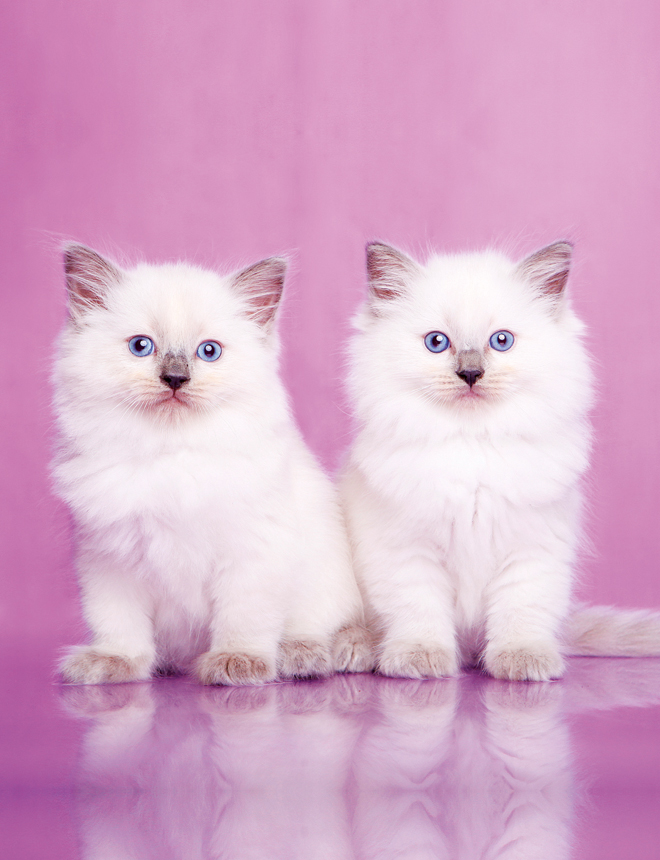
That said, they are a large cat and can become obese if overfed, so watch their weight and talk to your vet if they need to lose weight; as with any breed, obesity can cause heart, joint and muscle issues for cats. They will also require their annual shots, and preventative treatments to keep them tick, worm and flea free. And last, but certainly not least, spaying or neutering your cat is important — not only does it prevent unwanted pregnancy, it can reduce straying (which puts them at risk of injury from accidents or cat fights) and for owners of female cats, it can reduce midnight callers meowing at your door!
At a Glance
Grooming: Low Maintenance
Size: Large
Weight: 6.8-9kg for males, 4.5-6.8kg for females
Lifespan: 12-15 years

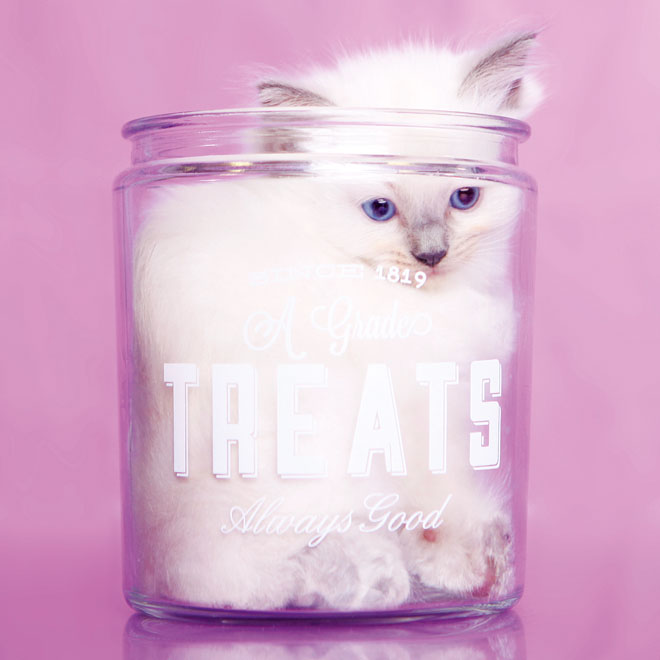
Leave a Reply